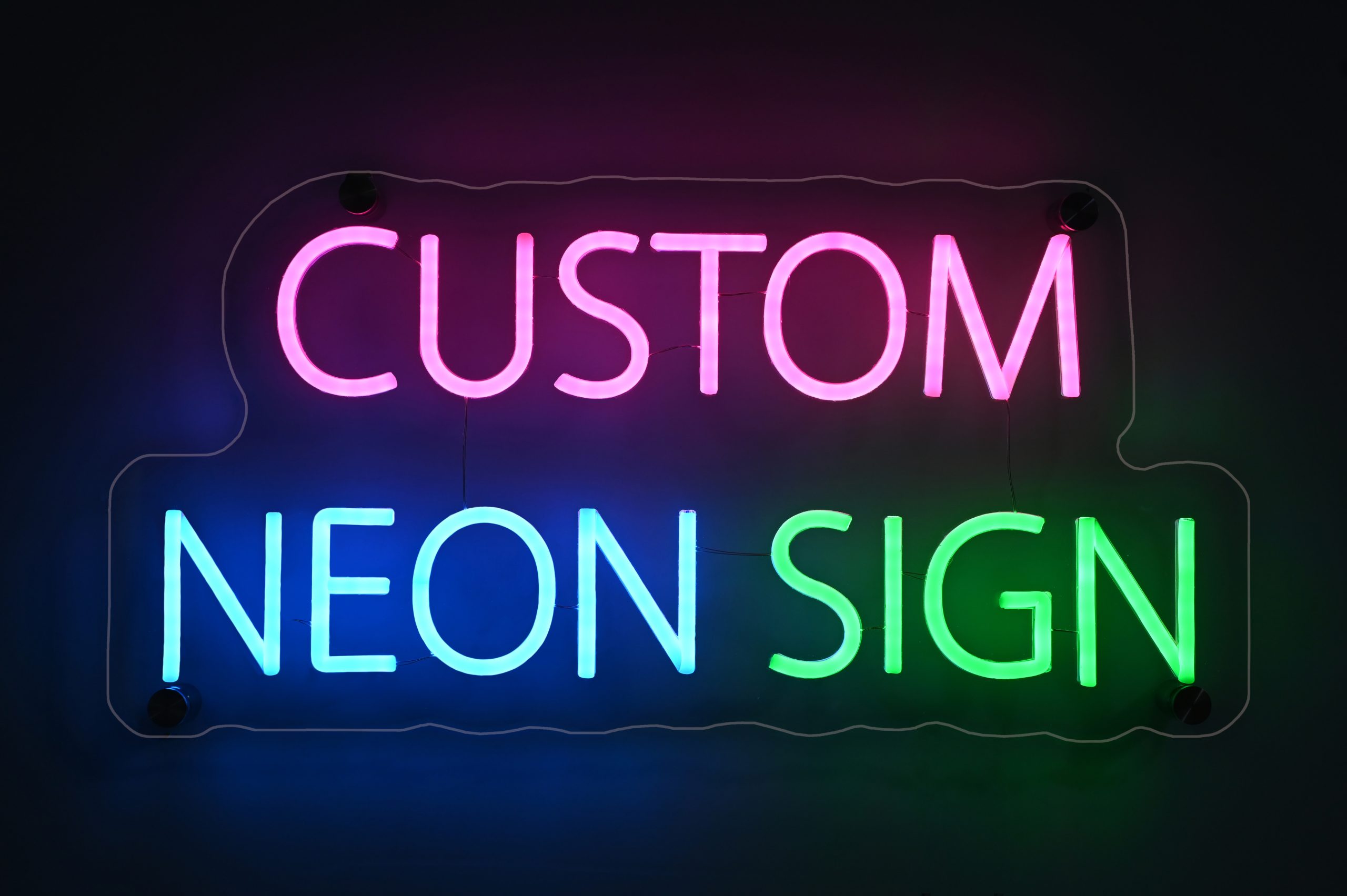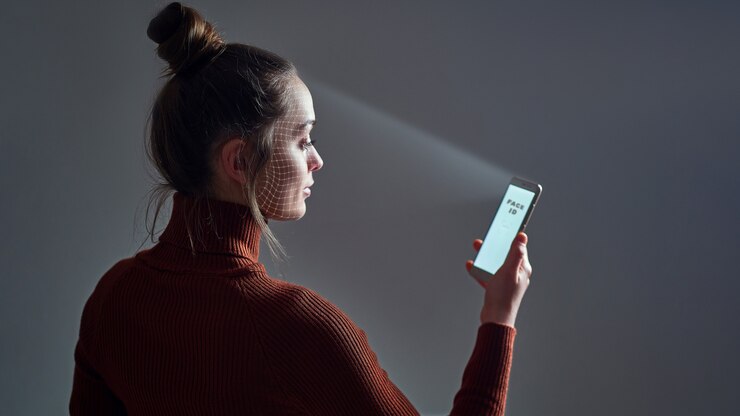Shops, studios, and city streets still glow with the familiar brilliance of neon, but today that glow is shaped by innovation rather than tradition alone. The artistry of neon signs has evolved, blending craftsmanship with advanced materials and digital precision. What was once fragile, costly, and limited is now stronger, more efficient, and endlessly customisable. From LED integration to smart controls, neon technology has adapted to modern demands while keeping its iconic charm intact. This transformation ensures neon continues to be more than a light source—it is a durable, versatile, and creative medium for brands and individuals alike.
From Fragile Tubes to Stronger Materials
Classic neon once relied on delicate glass tubes that often cracked under pressure or temperature changes. Now, engineers have introduced advanced polymers, flexible plastics, and reinforced glass that make signs far more resistant to weathering, handling, and daily use. These stronger materials not only improve longevity but also allow for bolder shapes and customised designs without fear of quick damage.
The Rise of LED Integration
A defining shift has been the replacement of traditional neon gas with LED alternatives. While maintaining the warm, nostalgic glow, LED-based neon strips are lighter, more durable, and vastly more energy-efficient. This means businesses can cut down electricity costs while still enjoying the vibrant visuals neon is known for. Importantly, LEDs generate less heat, further improving safety and extending the lifespan of the signs.
Digital Design and Customisation
Computer-aided design (CAD) software has revolutionised the creative process. Designers no longer have to manually bend tubes in trial-and-error sessions; instead, digital tools allow them to map out complex scripts, logos, and patterns with precision. This ensures consistency across multiple signs and makes one-off customisation quicker and more affordable. For consumers, this translates to highly personalised designs—from intricate lettering to elaborate logos—that reflect individual style or brand identity.
Enhancing Weather Resistance
Traditional neon had a reputation for fading under harsh sunlight or struggling in heavy rain. Modern coatings, UV-resistant films, and waterproof housings mean today’s neon signs can withstand demanding outdoor environments. Whether displayed on a seaside café battered by salt air or on a high street exposed to relentless sun, these upgraded signs hold their brilliance longer and require less frequent maintenance.
Smarter Lighting Control
Beyond physical durability, technology has introduced intelligence to neon lighting. Remote control systems and smart integrations now allow sign owners to adjust brightness, change colours, or even schedule lighting patterns through mobile apps. Some systems connect with wider smart building setups, synchronising neon displays with interior or exterior lighting for a unified visual effect.
Sustainability at the Core
Durability isn’t the only focus—sustainability has become central. The environmental concerns tied to neon gases and heavy energy use have been tackled through greener production methods and recyclable materials. LED-based neon alternatives consume up to 80% less energy, significantly lowering their carbon footprint. For businesses conscious of eco-responsibility, this shift has made neon not just an aesthetic choice but an ethical one.
Expanding Applications
What once adorned shopfronts and bars is now spreading into art installations, home décor, event branding, and even wearable displays. Lightweight materials and modular components have made it possible for neon-inspired designs to move beyond fixed signage. Artists and entrepreneurs now explore new uses, confident that modern durability and flexible construction support these creative ventures.
The Future Glow
The evolution of neon signs shows how technology can preserve tradition while improving practicality. Once seen as fragile and power-hungry, neon now stands as a symbol of resilience, creativity, and adaptability. With durability enhanced, energy efficiency maximised, and design possibilities broadened, neon signs remain more relevant than ever in a world that values both innovation and authenticity.





